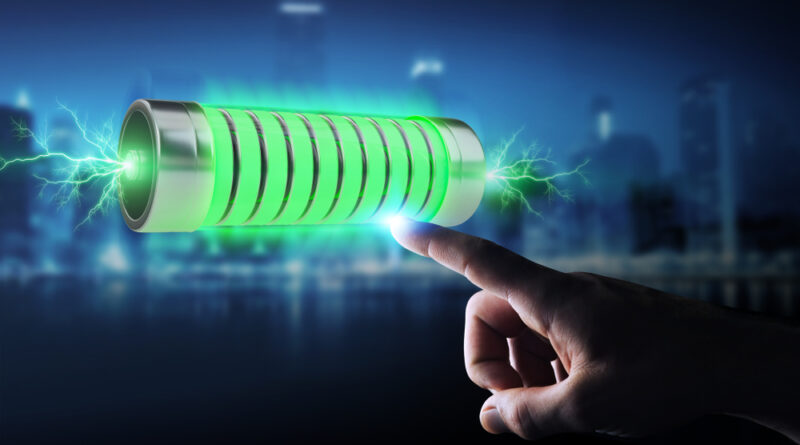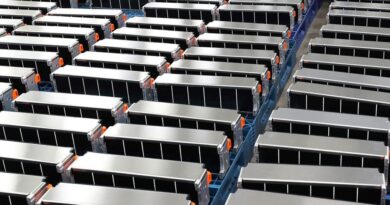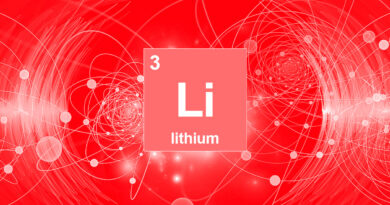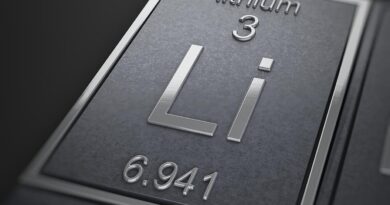Sodium-ion batteries: A lower-cost alternative to Li-ion batteries
Raw materials play a key part not only in the performance of the batteries but also in costs. Taking LFP and lithium-manganese-cobalt-oxide (NMC) cells as an example, materials represent 30% and 46%, respectively, of battery pack prices.
By comparison, Na-ion cells are expected to be less sensitive to rising material costs from lithium, cobalt and nickel. If all material prices rise 10%, Na-ion material costs will only increase 0.8%, while LFP and NMC 532 costs will increase 3.2% and 4.6%, respectively.
Na-ion material costs are expected to remain stable over the next 10 years. We expect battery pack prices to continuously fall, but not as dramatically as in earlier years due to rising raw material prices. Na-ion batteries, as a lithium-free technology, have the potential to mitigate the supply chain pressure currently falling on LFP and NMC battery cells.
What does the future hold for Na-ion cells?
Compared to the heavy deployment of Li-ion cells in energy storage sectors, portable electronics, EVs and large-scale energy storage, Na-ion cells are still in research for pilot plant-scale production. But things will change driven by the next-generation technology invocation and cost reduction.
Na-ion batteries are expected to replace some of the LFP shares in passenger EVs and energy storage, reaching 20 GWh by 2030. The cost saving is incredible: the production of 1 GWh Na-ion cells will save 41% of the material expense compared with LFP cells.
By 2030, Na-ion cells will drive 82 kt of aluminium, sodium and hard carbon demand, representing a niche market compared to Li-ion batteries.




